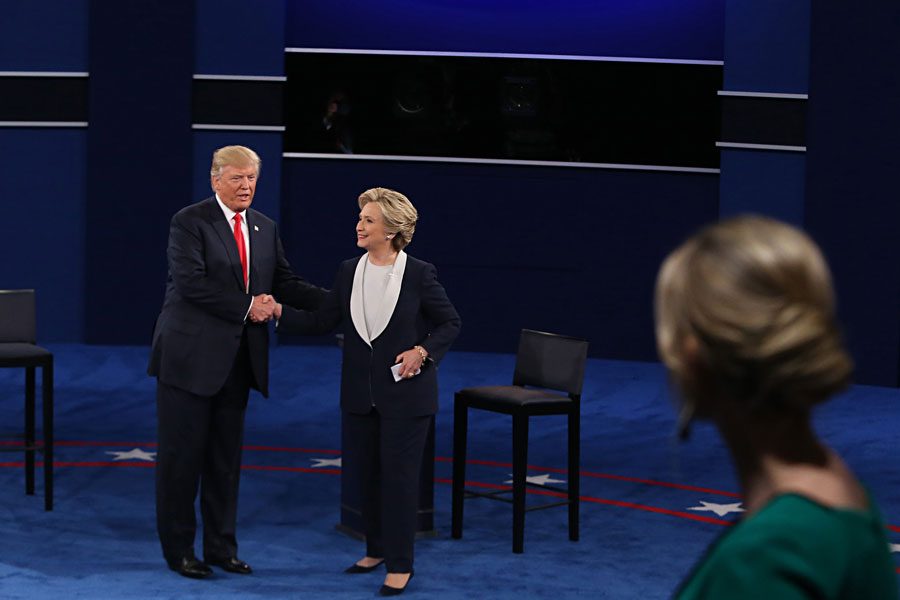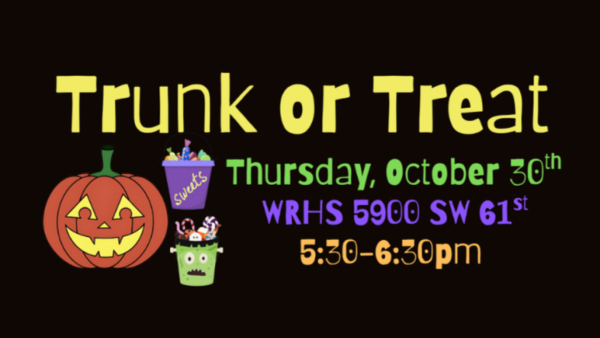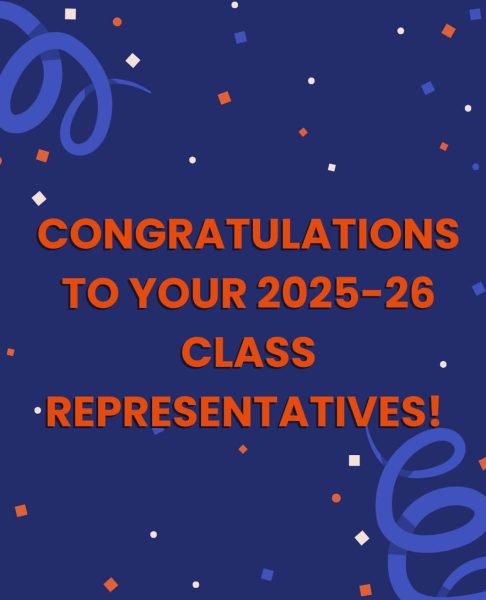Polling numbers describe election trends
hristian Gooden/St. Louis Post-Dispatch/TNS
Donald Trump and Hillary Clinton shake hands during the second presidential debate on Oct. 9.
With the presidential election right around the corner, a variety of things affect the polls. According to the latest Monmouth poll which was conducted on Sept. 26, Hillary Clinton leads Donald Trump in a head-to-head matchup by three percentage points.
One of the factors that impacts polls and how people view the candidates are presidential debates. The first presidential debate was held on Sept. 26. According to a NBC/SurveyMonkey poll, Clinton won the debate by 31 percentage points. With this debate performance, some argue that Clinton has received a slight bump in the polls. According to Business Insider, Clinton extended her 2.3 percentage points lead over Trump to a three point margin after the debate.
Another major factor in the election is how candidates are perceived by different demographic groups. According to the ABC News/Washington Post poll, Trump has only 3 percent support among black voters. On the other hand, Trump is polling better than Clinton with white voters. With the white voting bloc, Trump leads by 11 percent, but Clinton is ahead of Trump among Hispanics by 51 percent. In 2012 Mitt Romney won the white vote by 20 percentage points and still lost to Barack Obama, so Trump may have to start polling stronger to have a chance in November.
Other than racial demographics, other groups will also make an impact on the voting come November. According to a Quinnipiac poll, 50 percent of men back Trump, while only 41 percent are planning to vote for Clinton. On the other hand, Clinton is currently leading with women. 54 percent of women are for Clinton compared to only 36 percent for Trump. In addition to gender differences among voters, different age groups vote differently. The Quinnipiac poll also noted that Clinton is winning the vote of people under the age of 35 by 21 percentage points.
This election has seen historically low favorability numbers and individuals have varying reasons for voting for their candidate. A Quinnipiac poll reported that 54 percent of Clinton voters are voting for her simply because they do not want Trump to be president while only 32 percent said they are voting for her because they actually want her as president. 66 percent of Trump voters are voting so Clinton does not become president whereas 23 percent of his voters are voting because they would like him as president.
This negativity towards both of the candidates has made some want to vote third party. According to a FOX News poll from Sept. 30, Libertarian candidate Gary Johnson is polling at 8 percent, whereas Green Party candidate Jill Stein is polling at 4 percent.
Although Clinton is currently slightly ahead on the national level, Trump has secured a lead in Kansas. A KSN News/Survey USA poll shows that Trump leads Clinton by 12 percentage points in Kansas.
There are a multitude of factors that influence elections, but in the end, it only comes down to one thing: whether it is Donald Trump or Hillary Clinton that gets 270 electoral votes on Nov. 8 to become our next president.






